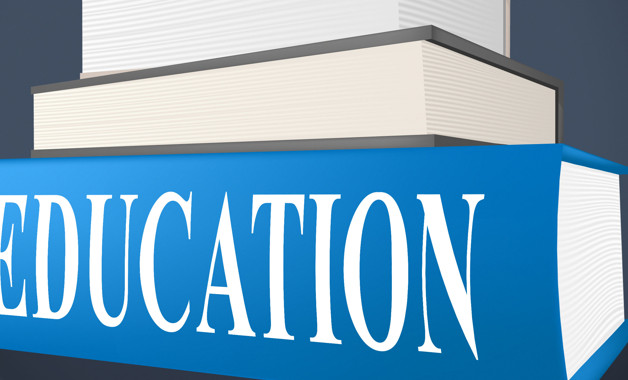
第1篇 小学英语语法知识点总结:be动词的用法
be 动词的用法:
(1) am--was is --was are--were 口诀:我用am, 你用are, is用在他她它,复数全用are。
(2) 肯定和否定句 i am (not) from london. he is(not) a teacher. she is(not) in the dining room. my hair is(not) long. her eyes are(not) small.
(3) 一般疑问句 am i a chinese? yes, you are. no, you aren’t. are they american? yes, they are. no, they aren’t. is the cat fat? yes, it is. no, it isn’t.
there be 结构
肯定句: there is a …
there are …
一般疑问句:is there …? yes, there is./ no, there isn’t.
are there…? yes, there are. /no, there aren’t.
否定句: there isn’t …. there aren’t….

第2篇 小学英语语法知识点总结:情态动词
我们现在学过的情态动词有:can, could, will, would, may, must, should, shall。
情态动词后动词总是用原形。(不受其他任何条件影响)
特征
1)情态动词(modal verb)本身有词义,表示说话人的语气或情态,但词义不完全,不能单独用作谓语动词,一般只能和动词原形一起构成谓语动词。
2)情态动词所表示的情态有:命令、允诺、请求、拒绝、愿望、愿意、义务、必要、可能、能力、敢于、需要等。
3)情态动词(ought除外)和助动词shall,will,should,would一样,后面的动词不定式一般皆不带。
形式变化
1)没有人称和数的变化,第三人称单数的现在时也无变化。如:
i can we can
you can you can
he
they can
she can
it
2)有些情态动词有过去式,有少数过去式和它的原形相同。
a)有过去式的情态动词有:
may -- would
can ―― could
may―― night
shall -- should
have to -- had to
b)过去式不变的情态动词有:
must - must (或had to)
ought to - ought to
need---need
dare - dare(亦可用dared)
3)大多数情态动词后面可用动词的进行式、完成式和被动形式,如:can(may,must)be doing,can(may,must) have done,can(may,must)be done等。
否定式
情态动词和助动词一样,后面可直接跟否定词not。现将情态动词的否定式及其否定式的简略式(简略式用于口语中)列举如下:
shall not--shan‘t [fb:nt]
will not---won’t [weunt]
can not-can‘t [kb:nt]
must not-mustn’t [5mqsnt]
should not-- shouldn‘t
would not-- wouldn’t
could not-- couldn‘t
dare not- daren’t [dzent]
need not-- needn‘t
在疑问句中的用法
情态动词在疑问句中的用法和助动词相同。如:
may i ask you a question? 我可以问你一个问题吗?
can you let me use your dictionary for a minute? 你能把字典借我用一会儿吗?
would you like to visit the heavy machinery plant? 你想参观重型机器厂吗?
注意have to在疑问句中的位置。如:
do you have to go out today? 你今天一定得出去吗?
does he have to finish the work tomorrow? 他明天非做完这项工作不可吗?

第3篇 小学英语语法短语动词总结
动词加小品构成的起动词作用的短语叫短语动词(phrasal verb)。例如:
turn off the radio. 把收音机关上。(turn off是短语动词)
短语动词的构成基本有下列几种:
1) 动词+副词,如:black out;
2) 动词+介词,如:look into;
3) 动词+副词+介词,如:look forward to。构成短语动词的副词和介词都统称为小品词(particle)。

第4篇 小学五年级英语语法总结:be动词用法
be动词(am、is、are)+not、
情态动词can+ not、
助动词(do、does) + not
如何将一个肯定的陈述句改为否定句:
1、看句中有无be动词,如有,直接在be动词后+ not。
2、看句中有无情态动词,如有,直接在情态动词后+ not。
3、如上述二者都没有,就应用助动词+ not。分四个步骤:
(1)肯定陈述句中本来是没有助动词的,要加上去,位置在主语(某人或某物)后,动词前。
(2)确定助动词用do、does,根据句中动词,动词是原形的助动词就用do,动词是第三人称单数的助动词就用does,
(3)在助动词后加not。
(4)原句中动词假如发生变化就要恢复成原形。
强调一点,有some的要考虑是否要用any。

第5篇 小学英语语法总结:情态动词的使用
情态动词的使用
1)情态动词can(能够),must(必须),may(可以)
结构:主语+can/must/may+动词原型
he can make the tea.
sally can air the room.
we can speak english.
★变疑问句将情态动词移到句首
can he make the tea?
can sally air the room?
can we speak english?
★变否定句在情态动词后面加not
he cannot make the tea.
sally cannot air the room.
we cannot speak english.
★肯定回答及否定回答
yes, he can. / no, he cannot.
yes, she can. / no, she cannot.
yes, we can. / no, we cannot.
★特殊疑问句:(必背)
what can you do?
注意:情态动词的句子没有第三人称单数的变化,不要在情态动词或动词后面加s。
2)must/have to的区别
must 表示必须,是主观上觉得应该做,have to是不得不,是由于客观条件逼迫的必要要做
must 只能用在表示现在和将来的句子里,而have to do可以用在任何时态
3)must, may, might表示猜测:
· must do 表示对现在事实的猜测
· must have done表示对过去事实的猜测
· must have been doing 表示对过去正在进行的事实的猜测
· may/might do, may/might have done表示没有任何事实依据的猜测,might的可能性更小。
4)can't/couldn't 表示不可能









